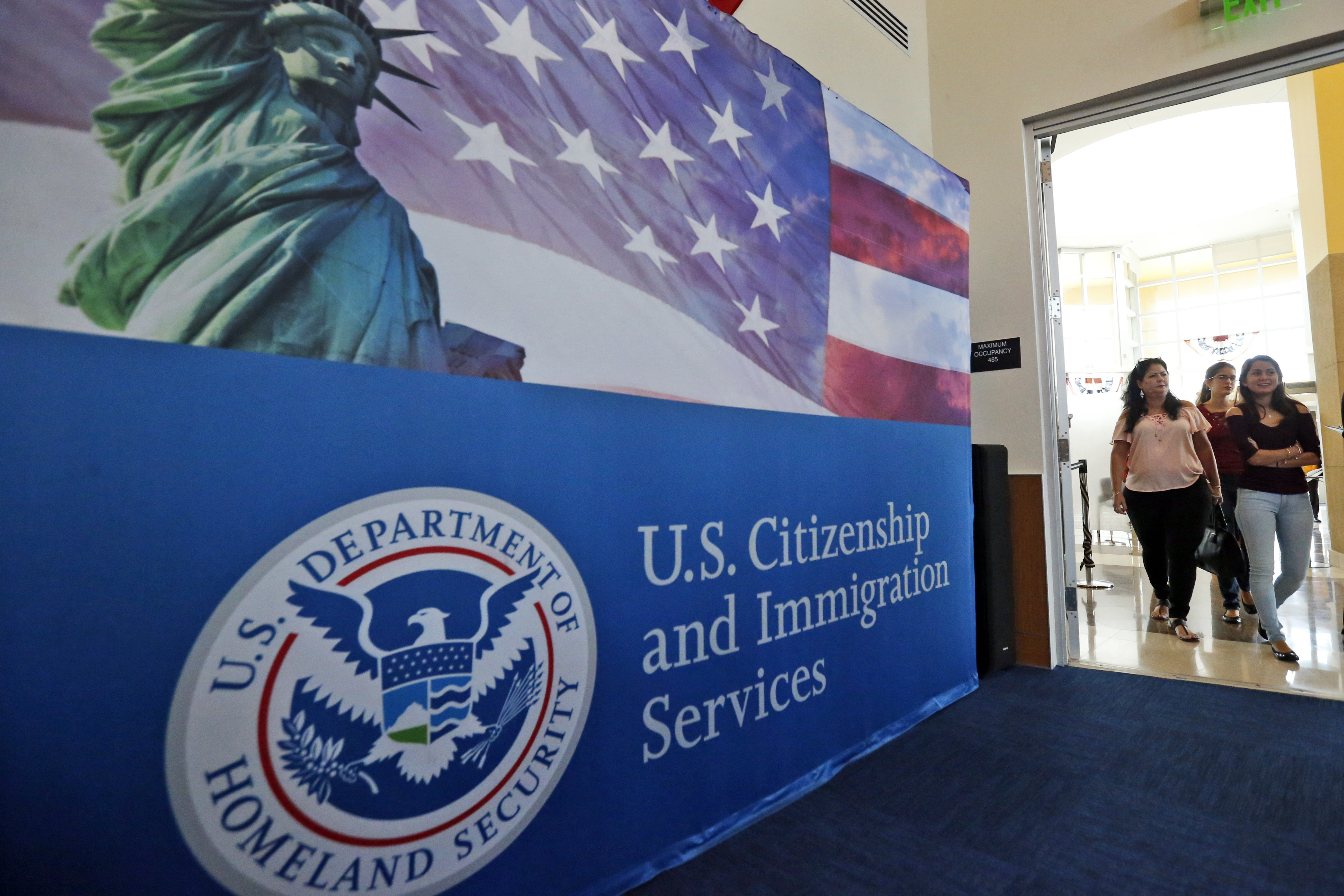For years, a tiny island at the mouth of the Alafia River, near Tampa, was drowning. Wakes from large boats and rising sea levels, caused by climate change, threatened to wipe out the sanctuary where thousands of endangered birds nest and flock for safety.
"Now is the time to act and do what we can to protect the important places, give wildlife and ecosystems the ability to be resilient," said Jeff Liechty, who is a coastal biologist with Audubon Florida.
In recent years, one of the nation’s first "living shoreline" barriers was constructed near the island. A series of six-foot-tall, 9,000-pound concrete blocks make up the barrier. The material they’re constructed from is PH-neutral, which helps facilitate the growth of oysters and barnacles.

Combating climate change impacts in New Orleans' minority communities
Some of New Orleans' most underserved residents are addressing ways to combat climate change impacts in their communities.
The holes in the middle of the blocks create more surface area for oysters to grow. It also helps break up wave energy, protecting both the birds and the trees they nest in.
"We’re really excited about the way this has turned out," Liechty added.
There is another layer to all of this — the funding. The multi-million dollar project was made possible because of money that came from the Deepwater Horizon oil spill settlement.
"This becomes an example where we’re working with nature, making sure the system here is resilient and able to adapt to sea level rise," Liechty said.
Projects like this one are also helping better protect coastal communities. When Hurricane Ian came through here last year, the living shoreline breakwater protected small seedlings from getting washed away.
"Trees in strong conditions withstand stronger winds and are more resilient in stronger storms," Liechty said.
For Liechty and his colleagues, the hope is to give the island and the birds a chance at survival in the face of climate change.

What's changed since Tampa's last big hurricane 100 years ago
Though Tampa, Florida has struggled with past storms, one historian says it's now better prepared ahead of Hurricane Ian.










